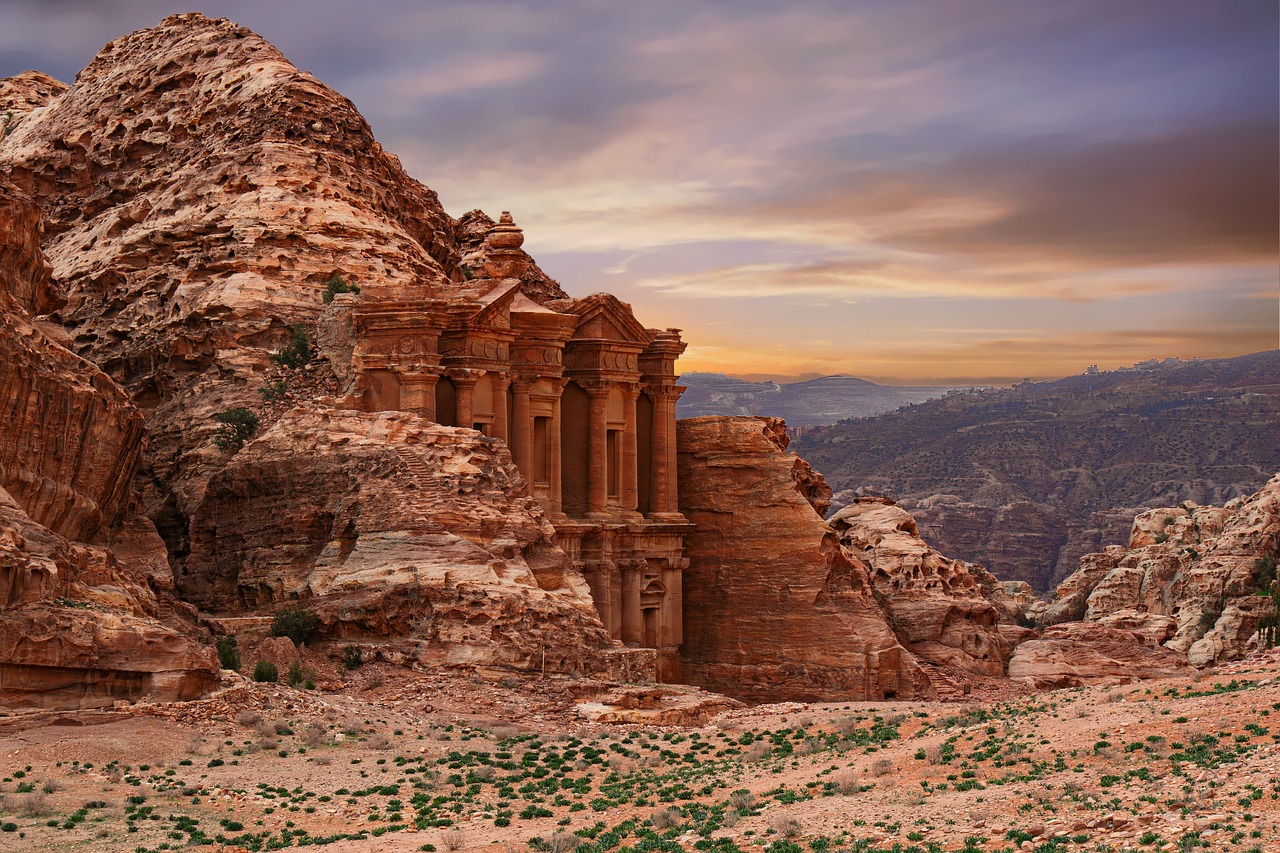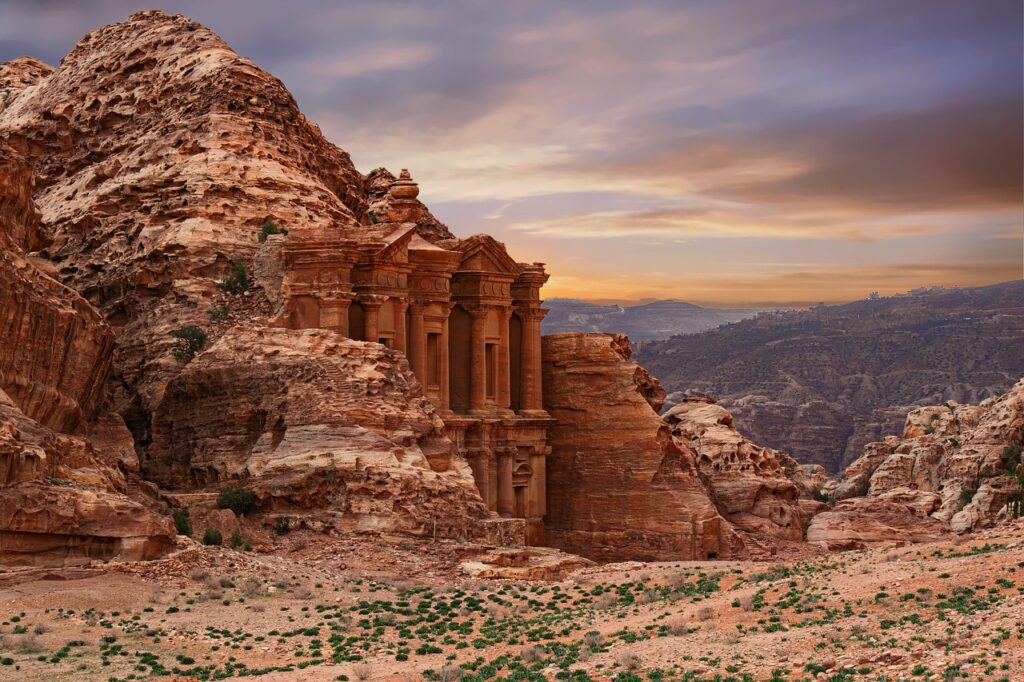
Exploring World Heritage Sites: A Journey Through History
Are you ready to embark on a journey through history?
Exploring the world’s heritage sites is a great way to immerse yourself in the rich cultural and historical legacy of our planet. From the Great Wall of China to the Taj Mahal, these sites offer a glimpse into the achievements of human ingenuity and creativity.
As you walk through the ancient ruins and majestic buildings, you’ll feel like you’re stepping back in time. Each site has a unique story to tell, and by visiting them, you’ll gain a deeper understanding of the people and civilizations that shaped our world.
So, pack your bags and get ready to explore these incredible sites that have been recognized by UNESCO as World Heritage Sites.
The Great Wall of China: A Symbol of Human Ingenuity
The Great Wall of China isn’t just a wall – it’s a testament to human creativity and resourcefulness.
This architectural wonder stretches over 13,000 miles, making it the longest wall in the world. It was built over a period of 2,000 years, with the earliest sections dating back to the 7th century BC.
The wall was designed to protect China from invading nomads, and it’s a testament to human perseverance that it still stands today.
The Great Wall is not just a physical barrier; it’s also a symbol of Chinese culture and identity. The wall was built using a variety of materials, including brick, tamped earth, and stone.
It’s impressive to think that the workers who built the wall did so without the use of modern machinery. Instead, they relied on their strength and ingenuity to transport materials and construct the wall.
The Great Wall of China is a true marvel of human engineering and an awe-inspiring sight for visitors from all over the world.
The Pyramids of Giza: A Testament to Ancient Egyptian Civilization
Standing tall and proud on the sandy desert plains, the Pyramids of Giza are a remarkable example of the ancient Egyptian civilization.
These magnificent structures were built over 4,500 years ago and still continue to amaze people from all over the world.
The Pyramids of Giza aren’t just a testament to the ingenuity of ancient architects and engineers but also a reflection of the cultural significance of the Egyptian people.

Their construction techniques were incredibly advanced for their time and remain a mystery to this day.
The Pyramids consist of millions of stones, some weighing as much as 80 tonnes, which were transported from quarries located miles away.
The Egyptians were able to move such large stones using simple tools and techniques, which is a testament to their incredible ingenuity.
The Pyramids of Giza have withstood the test of time, and even today, they continue to inspire awe and wonder in people who visit them.
They aren’t just an architectural masterpiece but a symbol of the Egyptian civilization’s cultural and historical heritage.
The Acropolis of Athens: A Beacon of Classical Greek Culture
You can’t help but feel awe when you first lay eyes on the Acropolis of Athens, with its towering columns and stunning views of the city below.
This ancient citadel, perched atop a rocky outcrop, is home to some of the most significant architectural structures of classical Greek civilization. The Parthenon, the Propylaea, the Erechtheion, and the Temple of Athena Nike are just a few of the awe-inspiring structures that adorn the Acropolis.
The Acropolis has undergone extensive restoration efforts over the years, with the most recent restoration project being completed in 2020. These efforts have been critical in preserving the architectural significance of this ancient site for generations to come.
Today, visitors can walk through the Acropolis and admire the intricate details of the structures that have stood the test of time, marveling at the skill and ingenuity of the ancient Greeks.
Machu Picchu: A Mystical Citadel of the Incan Empire
Perched high in the Andes Mountains, Machu Picchu’s ancient stone structures and breathtaking views transport you back to the mystical world of the Incan Empire.
This World Heritage site, constructed in the 15th century, is an architectural masterpiece showcasing the ingenuity of Incan engineering. The site is composed of over 200 structures, including houses, temples, and terraces, all built without the use of mortar. The stones were cut so precisely that they fit together like puzzle pieces. This technique, known as ashlar masonry, has allowed Machu Picchu to withstand centuries of earthquakes and harsh weather conditions.
Machu Picchu also holds a significant spiritual significance for the Incans. It is believed to have been a sacred space, possibly even a royal estate.
The site’s location, surrounded by towering mountains and flowing rivers, was carefully chosen to align with astronomical events, such as the solstices. The Incans believed that the alignment of the site with the stars and natural elements enhanced its energy and spiritual power.
Today, visitors can still feel a sense of awe and wonder as they explore the ancient ruins and take in the breathtaking views from the site’s highest points.
The Taj Mahal: A Marvel of Mughal Architecture and Design
When you first catch a glimpse of the Taj Mahal, your heart will skip a beat at the sight of its stunning white marble and intricate details.
This magnificent mausoleum is a symbol of love and devotion, built by the Mughal Emperor Shah Jahan in memory of his beloved wife Mumtaz Mahal.
The history and romance of the Taj Mahal are what make it so special. It took over 20 years to build, and more than 20,000 workers were involved in its construction.
The mausoleum is adorned with intricate carvings, calligraphy, and precious stones, creating a stunning display of Mughal splendor.
The Taj Mahal is not just a monument; it is a testament to the love and devotion of Shah Jahan and his wife, and it is a must-see destination for anyone visiting India.
Frequently Asked Questions
How long did it take to construct the Great Wall of China?
It took about 2000 years to construct the Great Wall of China, using a combination of brick, tamped earth, and stone. Building techniques evolved over time, with different dynasties making their own contributions.
What was the significance of the Pyramids of Giza for ancient Egyptians?
The Pyramids of Giza were culturally significant to ancient Egyptians and served as tombs for pharaohs. Their impressive architectural design, including precise measurements and intricate carvings, demonstrates the advanced knowledge and skill of ancient Egyptian engineers.
How long has the Acropolis of Athens been standing?
The Acropolis of Athens has been standing for over 2,000 years. Its history and preservation have made it a significant tourist attraction, attracting millions of visitors every year and contributing to the Greek economy.
What is the meaning behind the different structures within Machu Picchu?
Discover the mysteries of Machu Picchu symbolism through Inca architecture. The structures, such as the Temple of the Sun and Intihuatana, represent the sacred connection between the sun, earth, and Inca rulers.
How does the Taj Mahal’s architecture compare to other Mughal buildings?
You’ll find Mughal influences in the Taj Mahal’s architecture, which sets it apart from other structures in the region. The Taj Mahal’s symbolism is also unique, representing love and mourning in equal measure.
Conclusion
Congratulations! You’ve just completed a journey through history by exploring some of the world’s most iconic heritage sites.
From the Great Wall of China, a symbol of human ingenuity, to the Taj Mahal, a marvel of Mughal architecture and design, you’ve experienced the beauty and magnificence of these cultural landmarks.
By immersing yourself in the history and stories behind each site, you’ve gained a deeper appreciation for the diversity and richness of human civilization.
So, the next time you plan a trip, consider exploring a world heritage site and discover the fascinating stories that lie within.
Your journey through history awaits!

Comments (0)